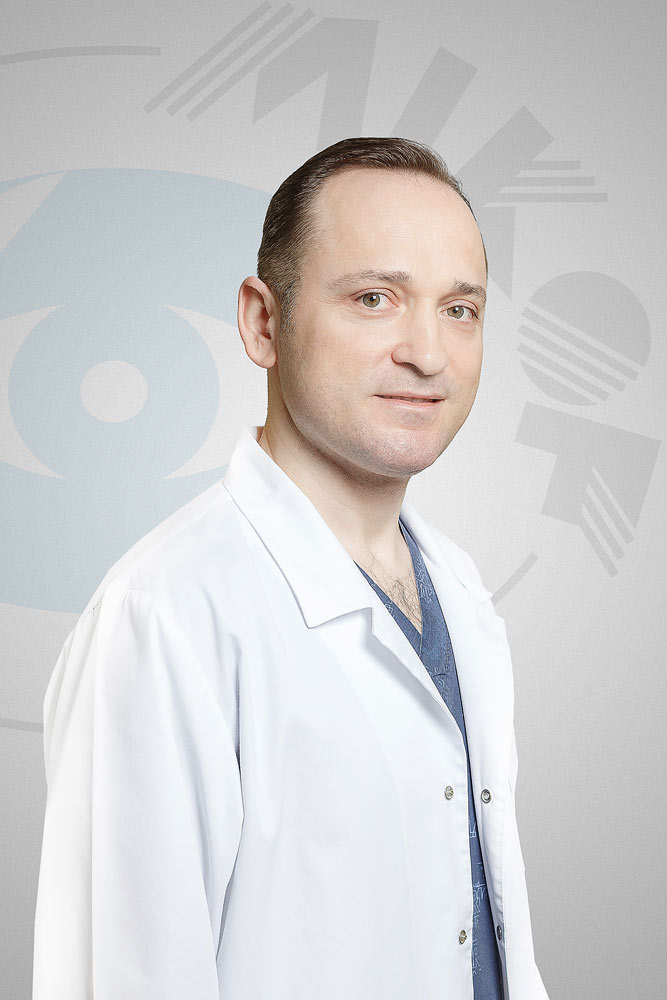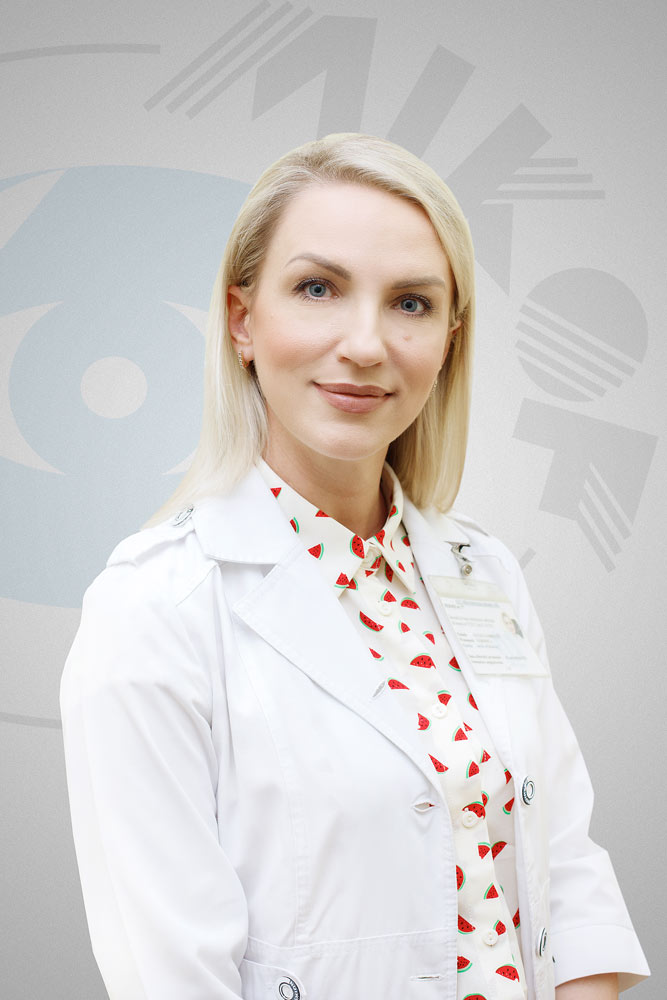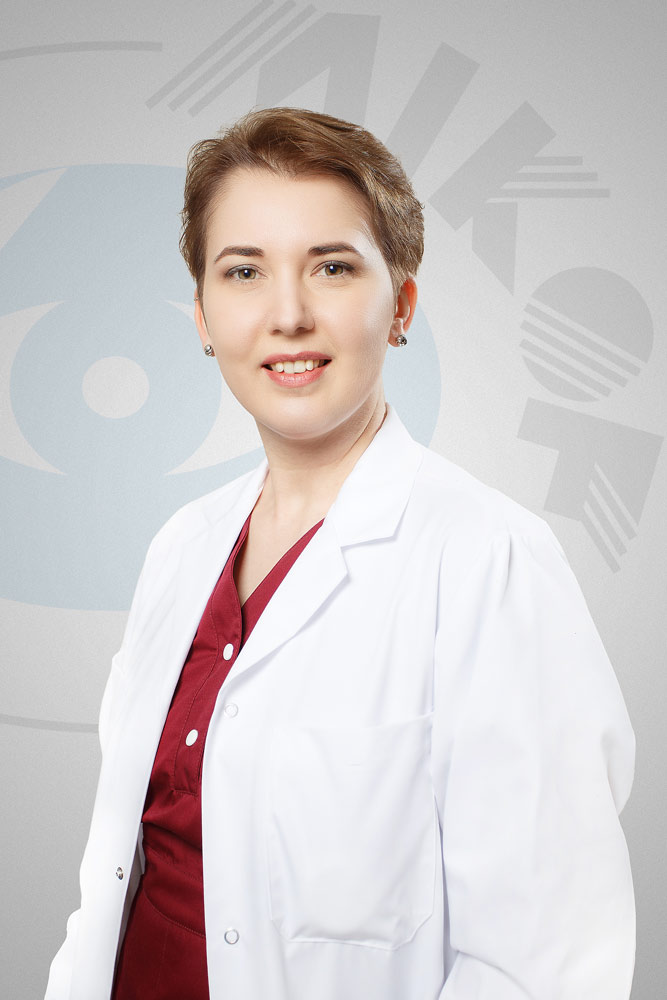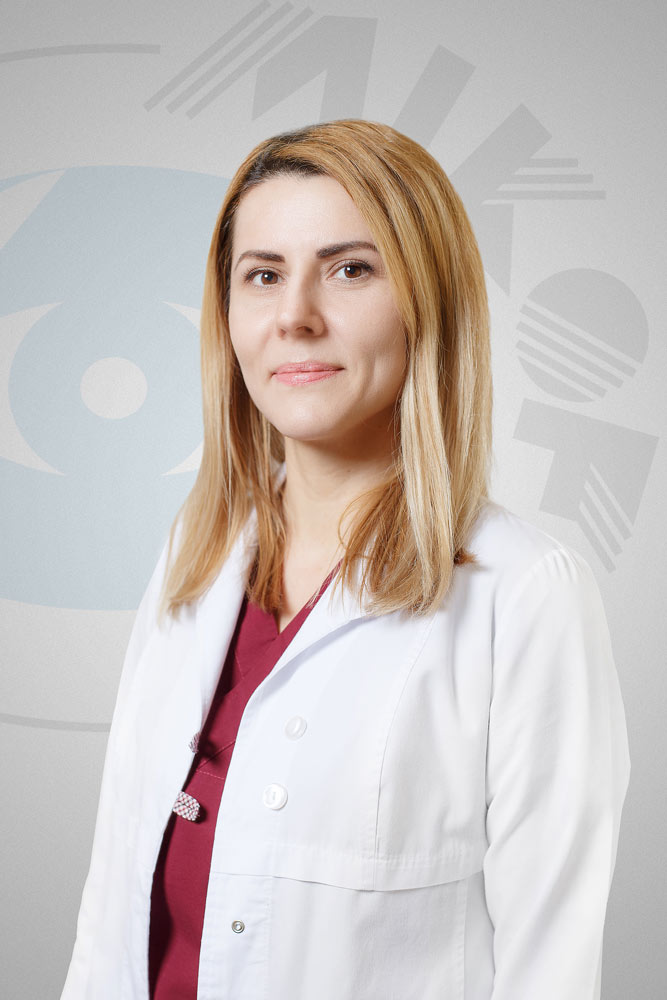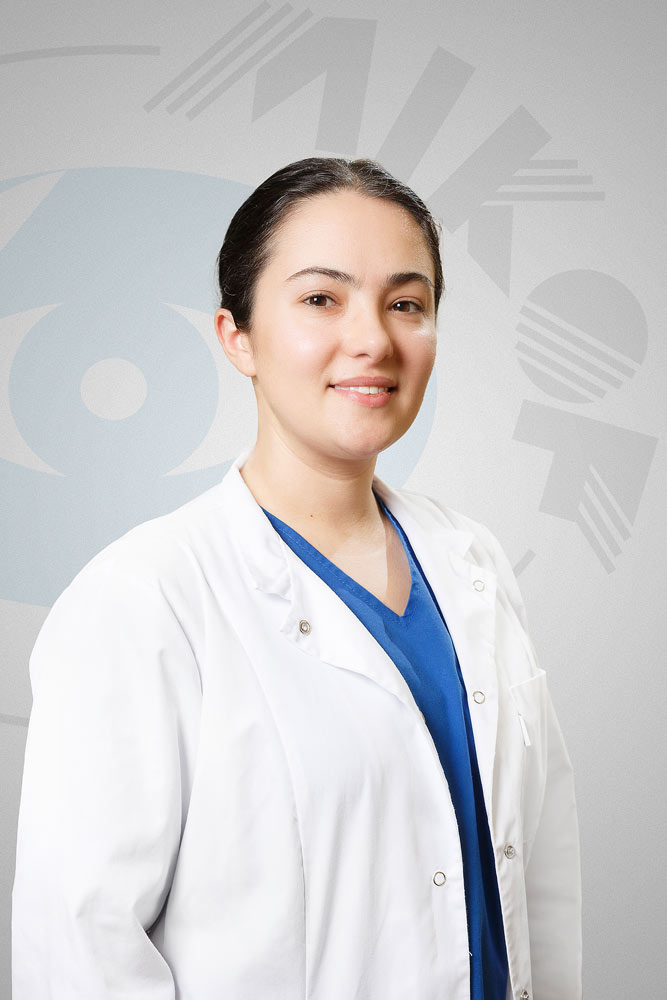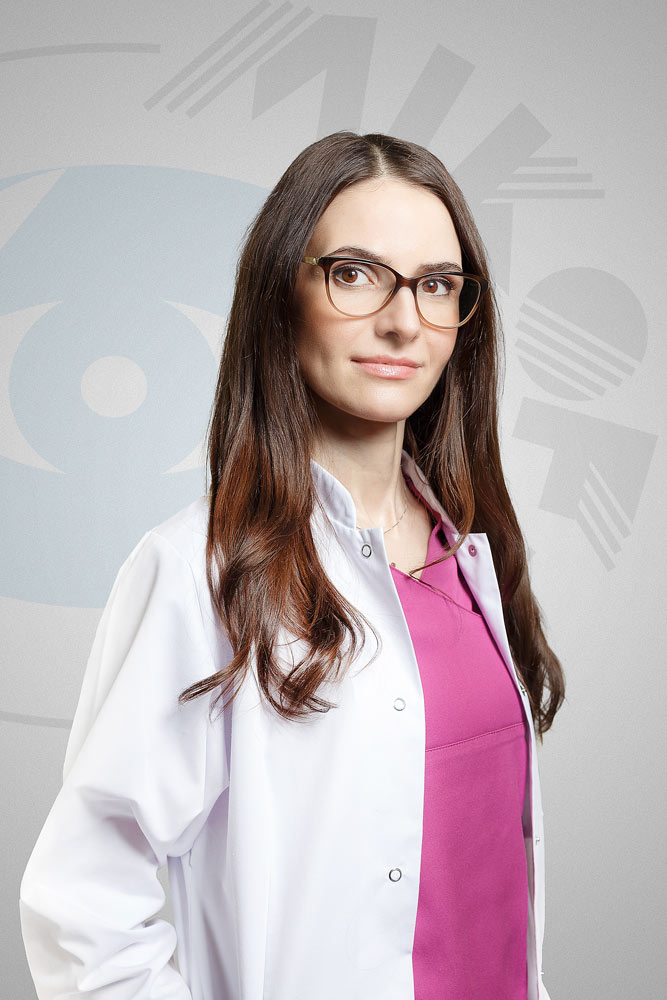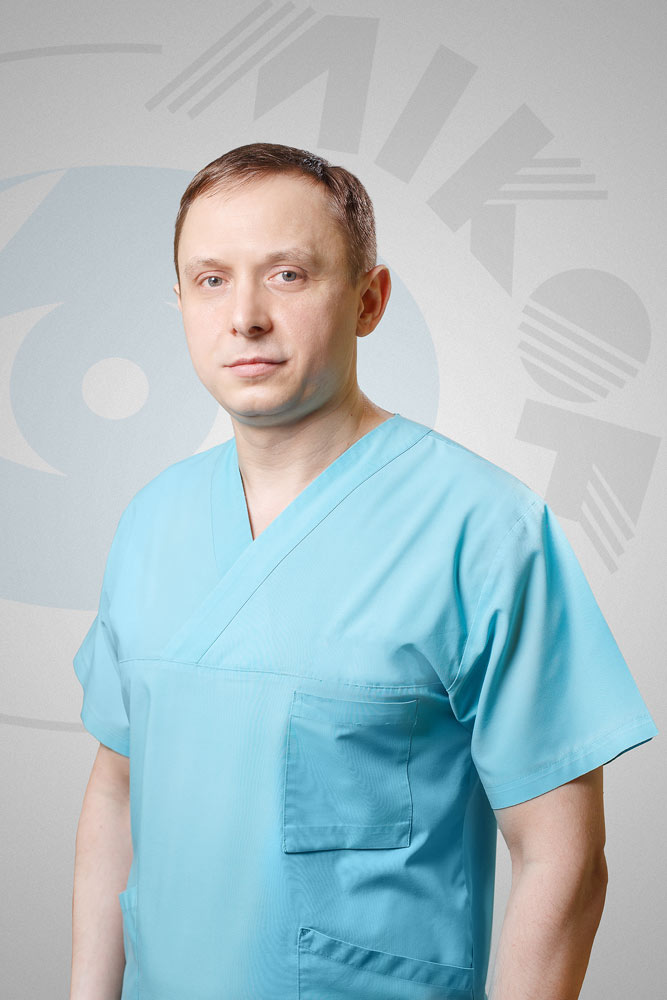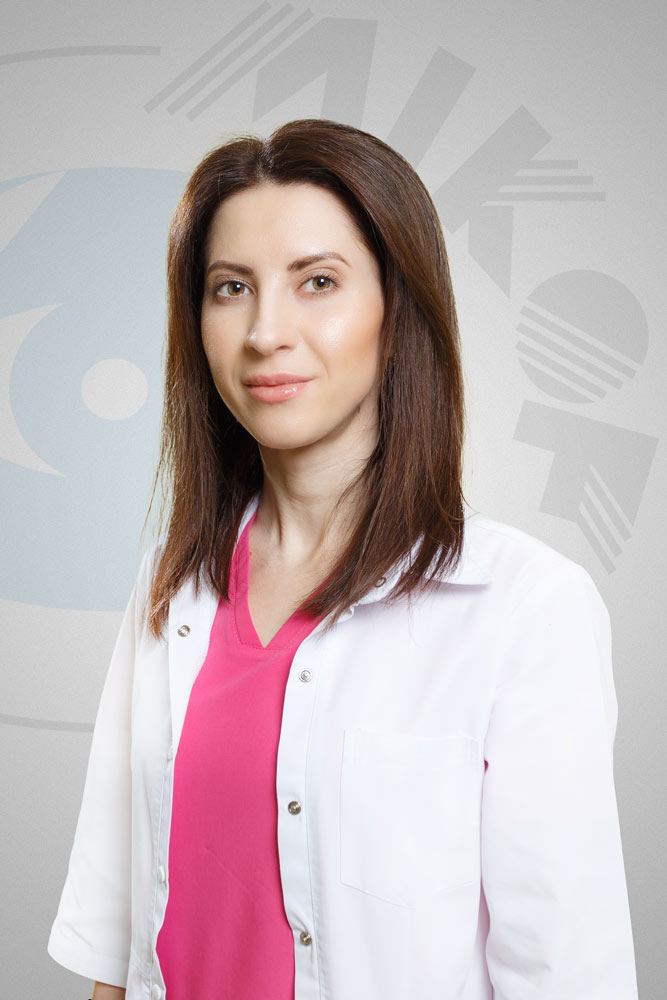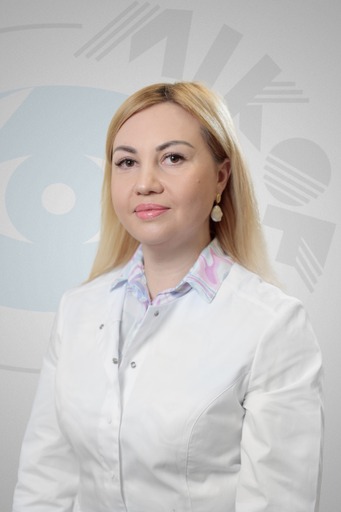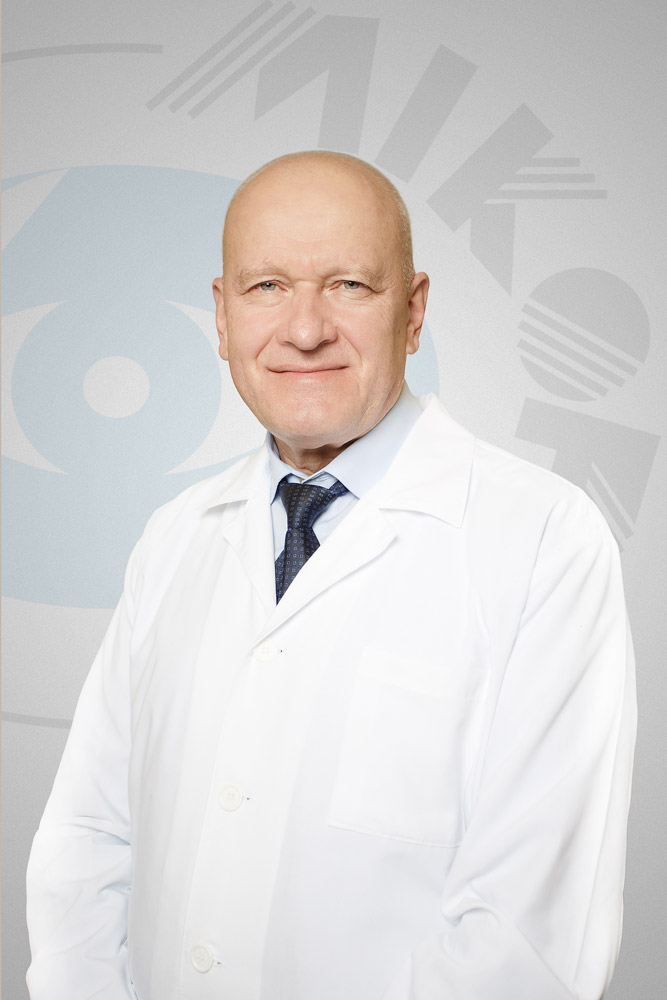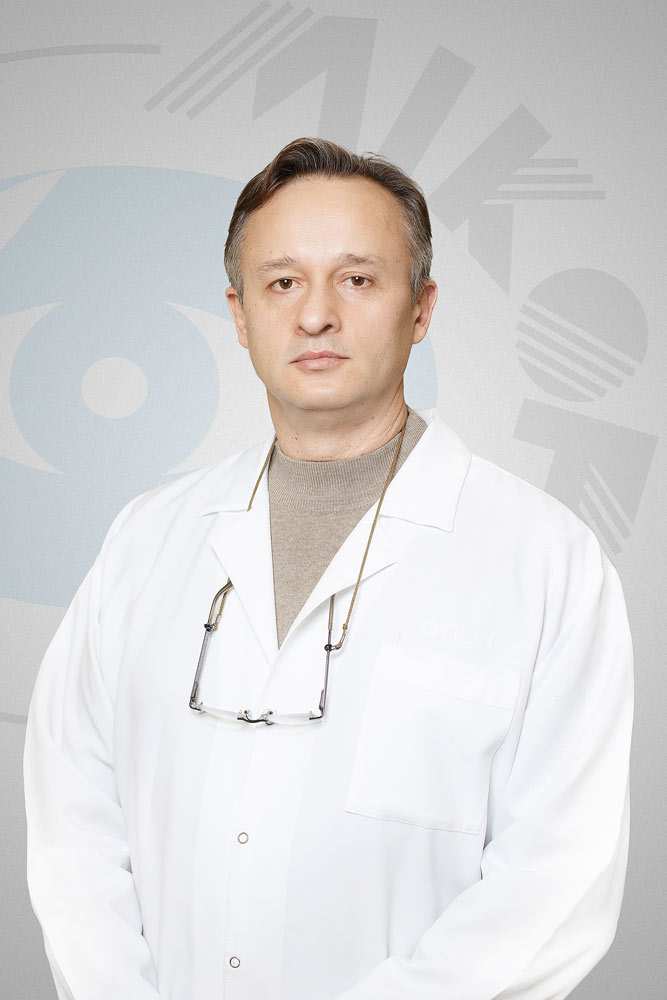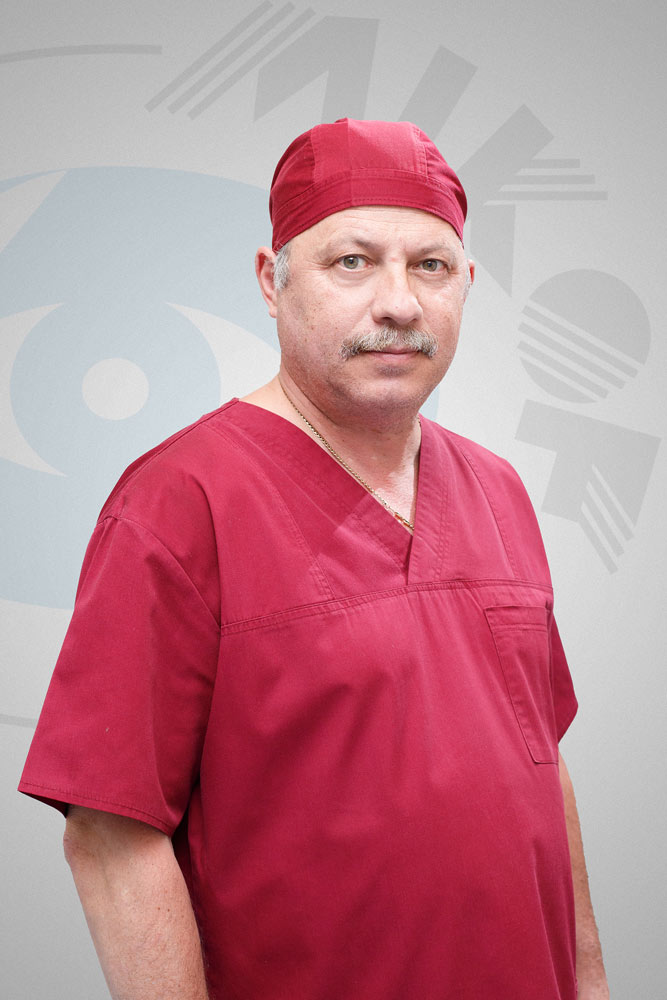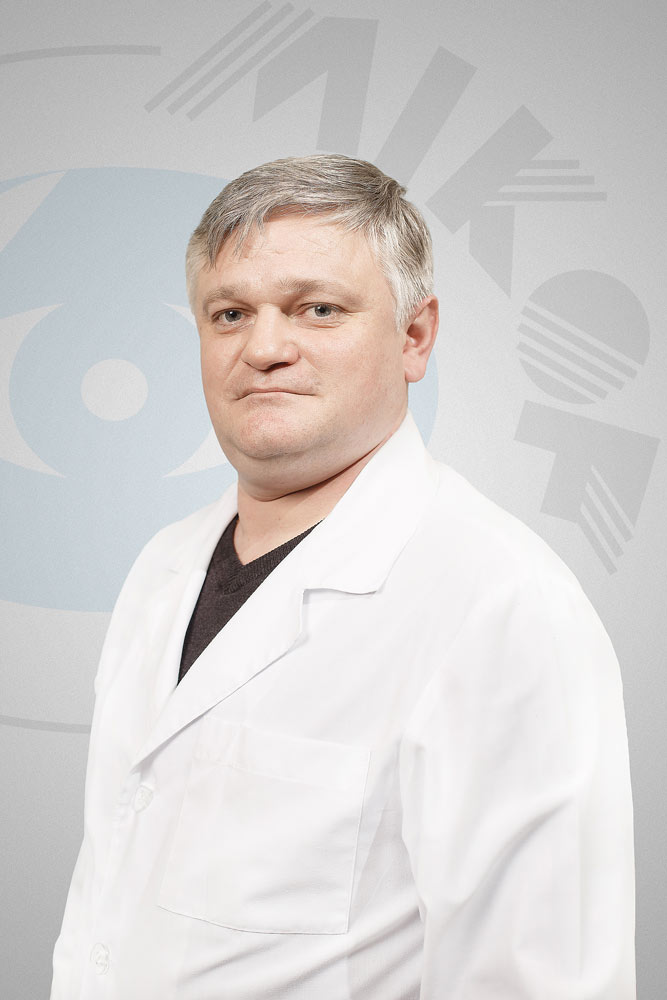Cataract
Cataract
What is a cataract
The lens - a clear lens. But it so happens that he becomes cloudy. Diseases caused by clouding of the lens is called a cataract.
Change the transparency of the lens prevents the penetration of the rays of light into the eye, and the vision of the person getting worse. Cataracts can affect the entire lens or only part of it.
There is a widespread belief that a cataract is a constantly growing and clouds eye film. This is not true. The appearance of cataracts cause irreversible changes in the lens. The disease can occur in one or both eyes, but does not pass from one eye to another. The development of cataracts is not associated with excessive visual load. Her appearance does not mean that you are threatened blindness.
Why cataract
The causes of cataracts are different: it can be a trauma, eating disorders of the eye tissue associated with aging, radiation exposure, diabetes, certain eye diseases (such as glaucoma) or hereditary characteristics of your body.
In most cataract it appears during the aging, which leads to an increase in the density of the lens and turbidity. These are called age-related cataracts, or senile. They can occur as early as the age of 45 years. Cataracts can develop in childhood, in which case it is called congenital.
After cataract eye injury can occur at any age. Bounce, cut, puncture, thermal or chemical burns can cause traumatic cataract.
Emphasizes diabetic cataract that occurs as a complication of diabetes. It is characterized by the rapid development of opacities in the lens of both eyes.
Symptoms of cataract
Depending on the size and location of the area of clouding in the lens you can see - or, conversely, do not suspect - that you have a cataract.
If the cataract is located on the periphery of the lens, then you do not subjectively feel any change in vision. The closer to the center of the lens is blurred, the more serious are the problems with eyesight.
You may notice that things around is not clearly visible, with blurred contours, especially in bright light. The image begins to divide in two. Often there is photophobia. One eye can see better than the other. The pupil, which normally appears black, may turn white or acquire a yellowish tint.
These phenomena are increasing, more and more force you to change to stronger glasses.
Diagnostics
Be sure to consult your doctor! Only a specialist can determine whether you have a cataract.
The survey takes place entirely painless. In the center of Eye Microsurgery by using special equipment doctor examines your eyes and determines the type, shape and location changes in the lens.
During the diagnosis you also determine visual acuity, measure intraocular pressure, exploring the field of view, perform ultrasound and electrophysiological studies of the retina.
Treatment
The only way to treat cataracts - surgical removal of the cloudy lens. I do not believe that any drops, special glasses, diet or exercise will help you get rid of this disease.
Today, in the center of Eye Microsurgery technique worked out in detail the operation, doctors have the most advanced technology, and in most cases, the operation gives a positive result.
Do not worry, trust your doctor. After surgery, you will be able to return to normal life, to work, read, watch TV, etc. Unfortunately, if you have associated diseases of the optic nerve or retina, the effect of the operation can be reduced.
Operation
During the operation, surgeons Eye Microsurgery Center will replace you darkened lens to a qualitatively new, reliable and perfect, not worse, than natural.
In preparation for surgery a few days before her doing routine blood tests and urine tests, an electrocardiogram, conduct dental checkups, otorinolyaringologa and therapist.
The lack of in your body acute inflammation and exacerbation of chronic diseases - the success of the operation.
On the morning of surgery to the eye drops instilled that enhance pupil. You can also give a mild sedative to help relax and not worry.
In the operating room with you will be a surgeon, his assistant, operating nurse, anesthetist and nurse anestezistka. Modern methods of anesthesia used in the center of Eye Microsurgery, allow you to completely eliminate the pain. Cataract surgery is performed under the operating microscope.
The operation is performed as follows: after a local anesthesia to ensure immobility and eye incision microsurgical instruments.
Then he opened the capsule (shell) of the lens and the lens is removed cloudy. Special viscoelastic agents protect eye tissue during the operation.
In the center "Eye Microsurgery" use the most modern methods of cataract surgery: phacoemulsification (grinding cloudy lens with an ultrasonic apparatus - phaco), followed by aspiration of the lens fragments. When these operations slit is so small that it is not necessary to sew.
In some cases, when phacoemulsification cataract is not possible, the surgeon uses other methods of removing the cloudy lens in which the operating incision sutured special superfine thread.
How to restore vision after cataract surgery
artificial lens (intraocular lenses, IOL for short), which are introduced (implanted) into the eye instead of remote cloudy lens.
The implantation of an intraocular lens is the most effective way to correct vision after cataract surgery. It allows you to not only get a high visual acuity, but also eliminates feelings of discomfort when wearing glasses with thick lenses. In addition, the introduction of an artificial lens in the eye will save you from having to buy contact lenses and care products or expensive glasses.
But even after intraocular lens implantation in some patients, visual acuity may be low, due to the presence of concomitant diseases of the eye.
Artificial lenses for your eyes
An intraocular lens consists of an optical part and support elements, which keep it in the eye. According to their optical properties IOL similar to the natural lens. She is very reliable and can stay in your eye for life.
There are many types of intraocular lenses. The main of them - the posterior chamber, placed behind the iris and pupillary, applied to the pupil. What type of lens is more suited to your eye surgeon will decide.
The optical power of artificial lens is selected individually for each patient, depending on the anatomical and optical characteristics of the eye.
In addition, the doctor will take into account the specifics of your profession and social conditions. If you drive, like hunting or sports, you will pick up a lens to be able to live without glasses when there is a need to look into the distance.
If you have a lot of reading and writing, artificial lens eliminates the need to use glasses and in this kind of work.
In very rare cases, with severe comorbidity eye doctor may decide not appropriate implantation of an intraocular lens. This becomes aphakic eye, that is devoid of the lens. This does not mean that you will not see anything. Have you ever opened your eyes underwater? Something like this seems to the patient the world after cataract removal.
You will be able to navigate in space and perform simple actions.
In these cases, after cataract removal to restore your remote instead of the lens can be used:
Glasses or contact lenses,
The postoperative period
After surgery, all patients in the hospital are monitored by the treating physician. On the day of discharge would be wise to ask relatives or friends to help you get home.
In the first days after the operation the surrounding objects may seem to you a few distorted. This is because the pupil is widened and, in some cases, the eyes remain seams. When the pupil shrinks, you will feel the improvement in vision, and a few weeks after surgery your vision will fully recover.
In rare cases, the posterior capsule of the lens can become cloudy remote a few months after surgery. The patient feels a slight deterioration of the operated eye. This phenomenon is called secondary cataract. The reasons for excessive worry not: after the appropriate procedure using a laser vision is restored within a few hours.
Tips for a speedy recovery
To the postoperative period was uneventful, and as soon as possible, follow the advice of experts:
Try not to sleep on the side of the operated eye the first two to three weeks after surgery.
Do not rub the operated eye hands and do not click on it.
When you take a shower or bath, make sure that water and soap suds do not fall into the eye. To do this, it can be closed with sterile gauze and adhesive plaster. After a shower, it is desirable to drip disinfecting eye drops.
Outdoor use sunglasses.
Avoid exposing the operated eye sharp temperature changes: the first three months after surgery refrain from visiting the sauna, swimming pool, steam room.
Do not lift the weight.
Within three months after the operation without making any physical work, especially due to the sharp inclination of the head.
To pick something off the floor not to bend down and crouch.
Apply eye makeup can be no earlier than one month after surgery.
It should completely eliminate exercise during the first three months after surgery. Over time, you can start doing morning exercises, swimming, jogging and other exercise, is not associated with a sharp concussion and tension of the body (completely excluded sprint, diving, horse riding, weight lifting, boxing).
Do not drive until the eye has healed completely.


